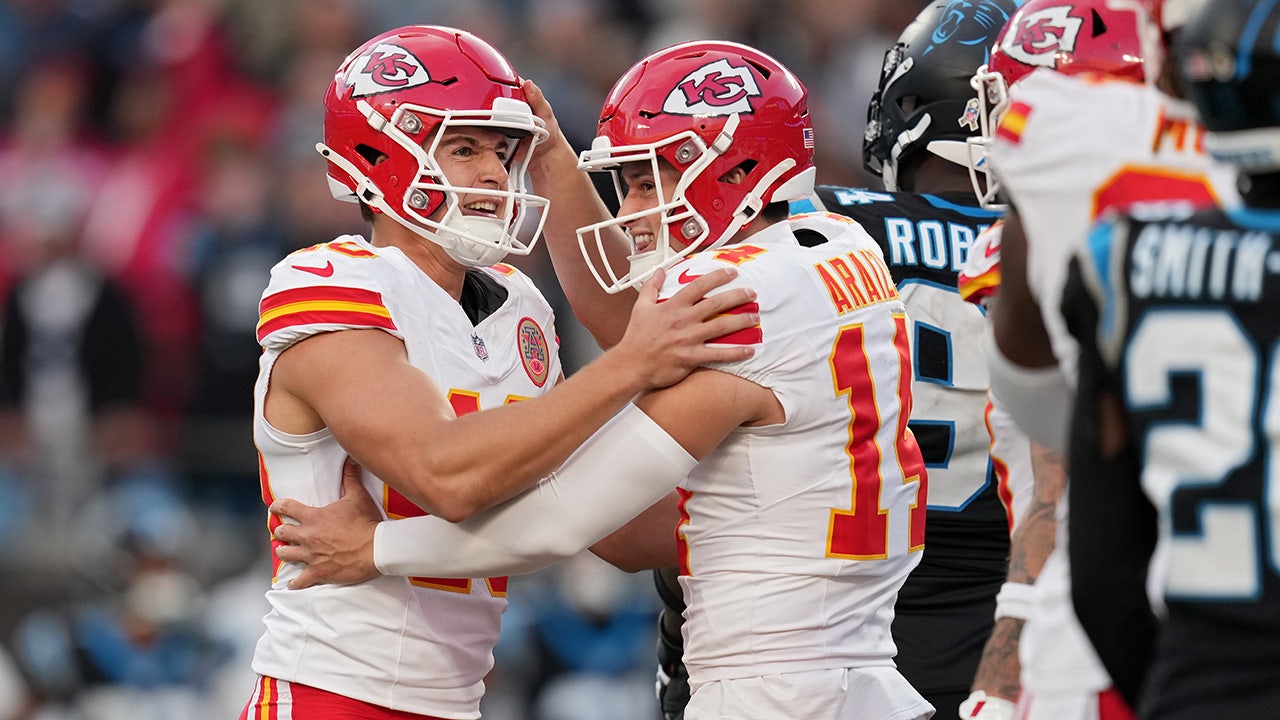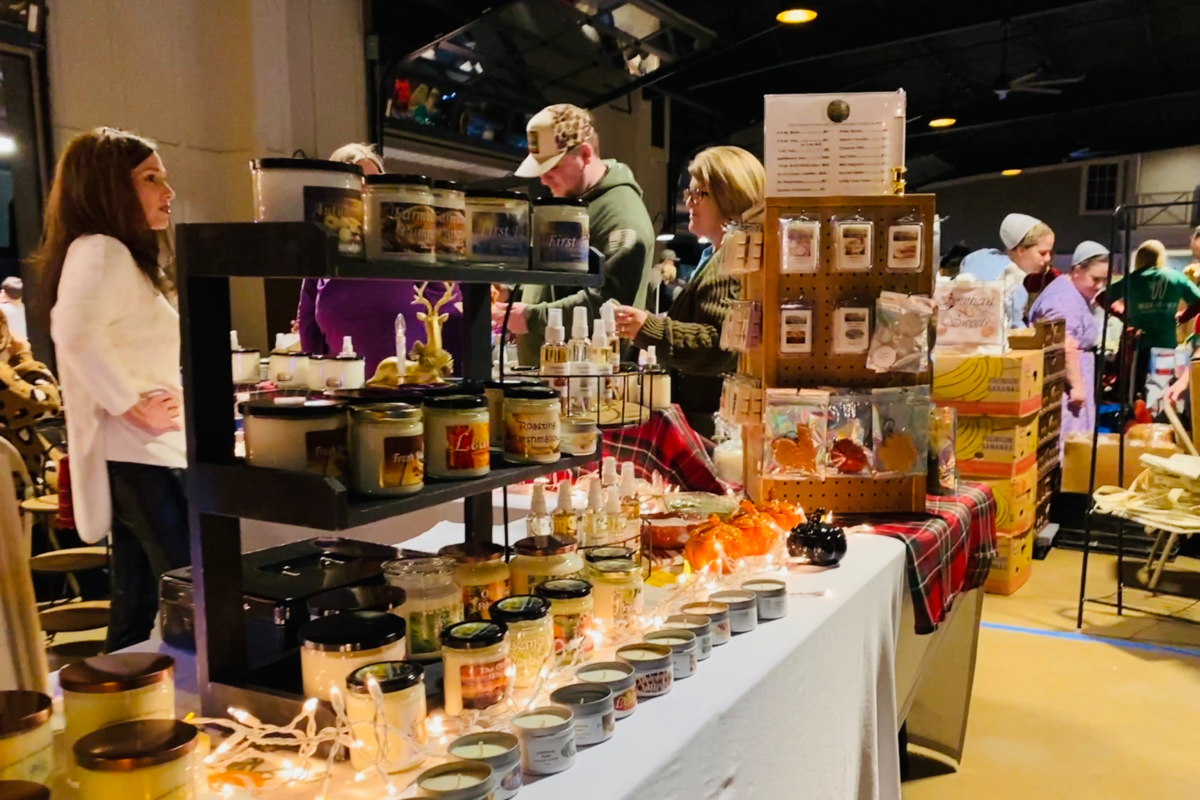Jobs
Program aims to address unique challenges of female veterans seeking jobs
PENSACOLA, Fla. — The national unemployment rate hasn’t changed much since August of last year, going up by less than 0.5 percent.
But one demographic has seen an increase in unemployment: female veterans.
The unemployment rate for female veterans is now well above the national average.
Jennifer Hight served in the military for 16 years before being medically retired in 2019.
“My first 10 years were with the Navy and my last six were with the Air Force,” said Hight, a VA peer support specialist.
Like many veterans, the transition from military life to civilian life was challenging.
“When I first got out, I was unemployed for a few months,” Hight said. “It was tough for me. It took me a long time to find a position that I really enjoyed and it came down to, really, they were telling me that my job in Navy didn’t collaborate to anything.”
While Hight is happily employed now, that isn’t the case for all female veterans.
The latest jobs report from the labor department shows the unemployment rate for female veterans is 7 percent.
That’s significantly higher than the 2.9 percent unemployment rate for male veterans and the national unemployment rate that sits at 4.2 percent.
“I know that it was hard getting out in general, but as a female it can just be a lot harder to find things because the job market is targeted,” Hight said.
Kevin Rasch is the regional director for “Warriors to Work Program” at Wounded Warrior Project.
“When we start seeing these trends, like this women’s veterans number climbing over the past three months, we want to try to get ahead of it,” he said.
The program is free and provides veterans and their family member with the resources and assistance they need to be successful in the civilian workforce.
He says there are some unique challenges that female veterans face that their male counterparts do not.
“A lot of the issues they have are connecting with networks that are out there, support systems that may be out there,” he said. “There’s, not unique to the military, a gender wage gap that’s out there.”
He also says job matching typically comes from networking. And because there is a smaller population of female veterans, it makes it more difficult for women veterans to find jobs.
There are ways that you can help, even if you aren’t a veteran.
“If you meet a veteran, see a veteran, connect them to the VA possibly so we can get them into the job employment opportunities that we have available,” Hight said.
Hight’s message to female veterans in between jobs is don’t give up.
“Keep looking, don’t let it get too discouraging,” she said.
Hight says the VA has employment specialist ready to help you find a job.
Click here for more information on the Warriors to Work Program.








